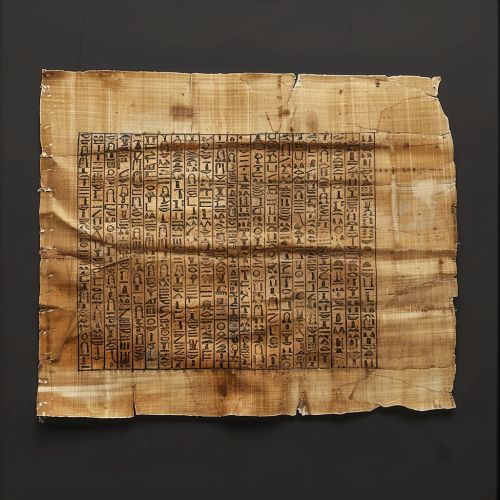History of Neurology
Origins of Neurology
Neurology, as a distinct medical discipline, emerged in the 19th century, although the understanding and treatment of diseases related to the nervous system have a much longer history. The ancient Egyptians, for example, had some knowledge of the brain and its functions, as evidenced by the Edwin Smith Surgical Papyrus, a document dating back to around 1600 BC. This papyrus contains descriptions of 48 cases of injuries, including 27 that involve the head read more.


The Greeks and Romans also contributed to the early understanding of the nervous system. The Greek physician Hippocrates (460-370 BC) was among the first to recognize the brain as the seat of intellect and consciousness. The Roman physician Galen (129-210 AD) further developed this understanding, identifying the brain as the central organ of the nervous system and recognizing the significance of the cranial nerves read more.
The Middle Ages and Renaissance
During the Middle Ages and the Renaissance, the study of the nervous system was largely influenced by the works of Galen, which were preserved and translated by Islamic scholars. In the 16th century, the anatomist Andreas Vesalius challenged Galen's teachings, providing a more accurate description of the human body based on his own dissections.
In the 17th century, the English physician Thomas Willis made significant contributions to the field of neurology. He is often referred to as the "father of neurology" for his detailed descriptions of the brain and nerves. His work, "Cerebri Anatome", published in 1664, is considered a landmark in the history of neurology read more.
The 19th Century: Birth of Modern Neurology
The 19th century saw the birth of modern neurology, with the development of new technologies and methodologies that allowed for a more detailed study of the nervous system. The French physician Jean-Martin Charcot is often credited as the "father of modern neurology". He made numerous contributions to the field, including the identification and description of multiple sclerosis, amyotrophic lateral sclerosis (also known as Lou Gehrig's disease), and Parkinson's disease read more.
Around the same time, the German physician Carl Wernicke and the French physician Pierre Paul Broca made significant contributions to the understanding of language processing in the brain. Wernicke identified a region of the brain (now known as Wernicke's area) that is involved in language comprehension, while Broca identified a region (now known as Broca's area) that is involved in speech production read more.
The 20th Century: Advances in Neurology
The 20th century witnessed significant advances in neurology, with the development of new diagnostic tools and treatments. The invention of the electroencephalogram (EEG) in the 1920s, for example, allowed for the measurement of electrical activity in the brain, leading to advances in the diagnosis and treatment of epilepsy read more.
In the mid-20th century, the development of neuroimaging techniques such as computed tomography (CT) and magnetic resonance imaging (MRI) revolutionized the field of neurology, allowing for non-invasive visualization of the brain and other parts of the nervous system read more.
The latter part of the 20th century also saw advances in the understanding and treatment of neurodegenerative diseases such as Alzheimer's disease and Parkinson's disease, as well as the development of effective treatments for multiple sclerosis read more.
Current Trends and Future Directions
In the 21st century, the field of neurology continues to evolve, with advances in areas such as genomics, neuroimaging, and neurobiology leading to a deeper understanding of the nervous system and the diseases that affect it. The development of new treatments, such as gene therapy and stem cell therapy, hold promise for the future read more.
One of the key challenges for neurology in the 21st century is the increasing prevalence of neurodegenerative diseases, such as Alzheimer's disease and Parkinson's disease, which are associated with an aging population. Research in this area is focused on understanding the underlying mechanisms of these diseases and developing effective treatments read more.
